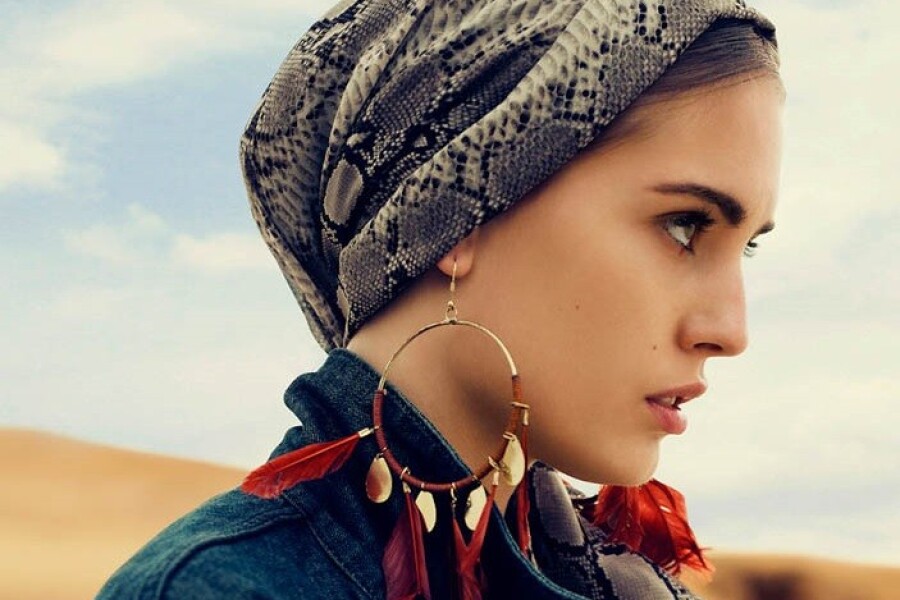
“Gild the pen, I'll tell the whole truth!” – the first association when mentioning this ancient people. Gypsies are famous for their black alluring eyes and soft thick hair. Not only with a memorable appearance, but also with other talents, the most beautiful gypsies of the past and present are known.
Origin
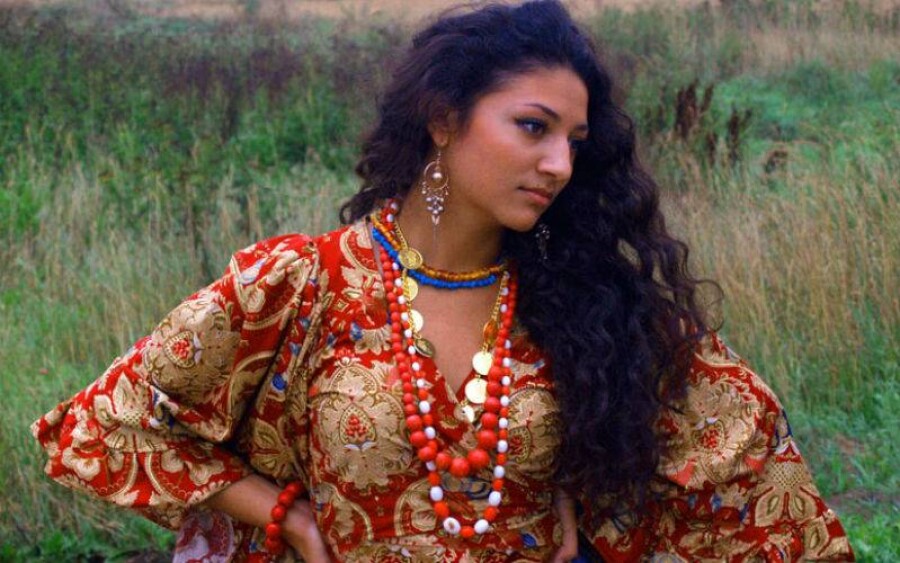
Scientists are still arguing where the gypsies came from. It is believed that a group of a thousand people broke away from the northern Indian settlement in the 6th century AD. Through the Balkans, this people penetrated into Europe. The first mentions of Russian Gypsies belong to the records of the eighteenth century.
Currently, Roma living in Macedonia make up about 3% of the total population, while in Bulgaria this figure exceeds 5%. In Russia, following the last census, there are 220,000 gypsies. According to the Times newspaper, there are about 11 million gypsies on Earth. Collecting more accurate information is problematic, because many European countries still refuse to issue documents and provide medical assistance to the Roma.
The inhabitants of the free people of Portugal and Spain bear the short name “kale”, Western European relatives speak of themselves only as “sinti”, and in Russia – “Roma”. Gypsies who profess Islam are called Lyuli. An interesting fact is that gypsies from different countries do not consider themselves to be one people and rarely get married.
The gypsy language belongs to the Aryan group. During the time of the German fascists, the gypsies were considered an unclean branch of the Aryans and were subject to elimination. In general, the nationalists killed 30 thousand people only on the territory of the USSR, while around 200 thousand were killed all over the world.
Tradition
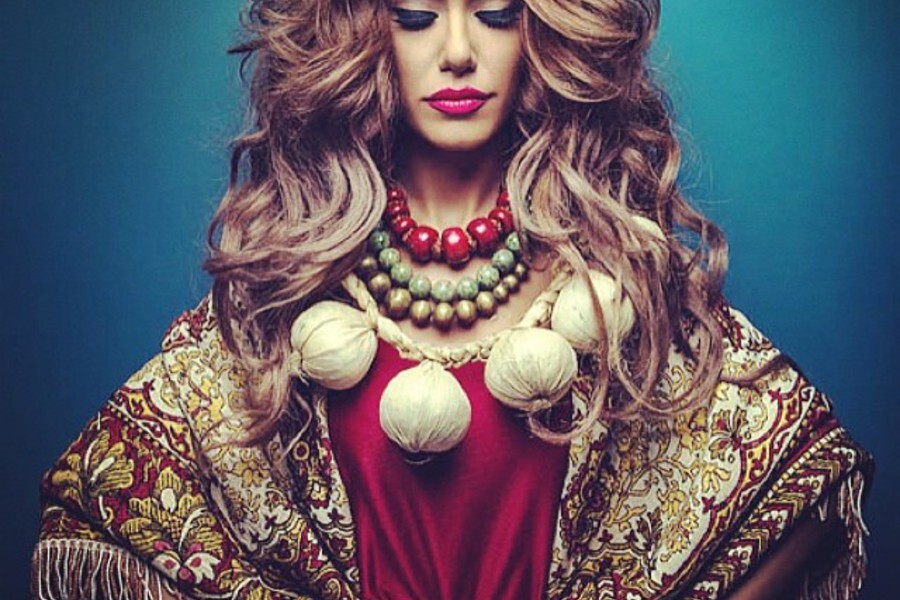
Gypsies honor the traditions of their ancestors and pass from mouth to mouth to the next generations. It is believed that women's clothing is an unclean item. In addition to the upper skirt, the gypsy also puts on a lower skirt, some still tie an apron. A man who touches this piece of clothing is also considered dirty. Because of this, a woman does not live on the second floor of the house, so as not to “desecrate” the home. The above does not apply to unmarried girls.
As a rule, women are always in the company of other women and children, and spouses meet only in the bedroom. Gypsies each eat at different ends of the table, and only visit a person of their own gender.
Parents give girls in marriage at the age of fourteen. By the age of fifteen, the first-born is born, and by the age of majority, the spouses have already become a large family. The husband receives a reprieve from the army.
Education is considered a waste of time. Parents send their children to school to teach them to read and write. It is often difficult for a girl to get even a primary education. From the age of twelve, daughters and sons help their parents in the family business.
It's not easy on the part of marriage either. Traditionally, parents of children agree among themselves. The opinion of the offspring is taken into account extremely rarely. A common story when newlyweds meet at their own wedding. The father and elder brother ask for a bride price, which is indicated in kilograms or three-liter cans of gold.
At a wedding, everyone present, except for the newlyweds, usually rejoices and dances. Little girls, dressed to the nines, with real make-up on their faces, gather in groups. Each tries to dance until the end of the festival, at such events they often find a groom for themselves.
There are many rules around the wedding night. After the wedding, women take the bride to the bedroom and prepare to meet her new husband. The next morning, a red cloth is hung from the window of the newlyweds.
Gypsies are traditionally credited with magical abilities and mediumship skills, up to connections with unclean forces. Like it or not, everyone decides for himself, but any girl and not even a gypsy can make a simple layout on the cards.
Fashion
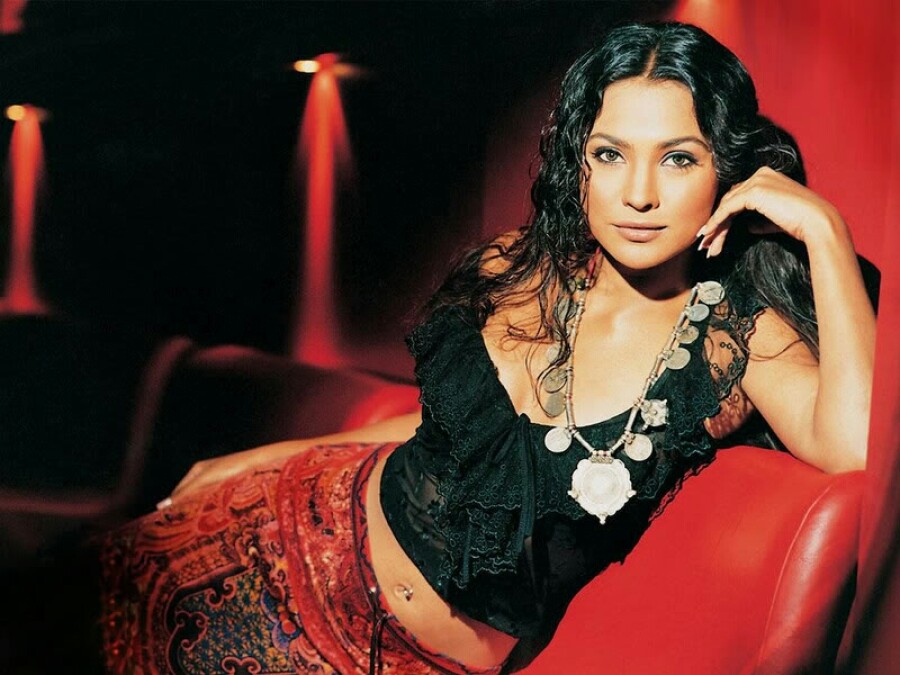
Gypsy women are proud of their thick long raven hair. The scythe is carefully looked after and they try not to cut it unnecessarily. Before marriage, a girl can wear loose hair, but after that she always wears a scarf.
Matter is tied in a special way, completely hiding the hair from prying eyes and pleasing only the husband. Due to the persistent black pigment, it is quite difficult to bleach or dye your hair, and scarves can be changed at least every day.
A hallmark of any daughter of the free people will be a thick layer of eyeliner that makes black eyes even more expressive.
Women wear skirts of maximum length, the most modern husbands are allowed to dress up in knee-length dresses. The love for bright colors in clothes is in the blood of representative free people. What looks flashy and out of place on women with European features will look great on a black-haired gypsy.
The more jewelry, the better. Gypsies recognize only gold of the highest standards, which looks “more yellow” in the eyes of a European man in the street. Women skillfully combine rings and pendants of different styles, collecting unique looks.
Who are the most beautiful gypsies in the world?
- Carmen Amaya
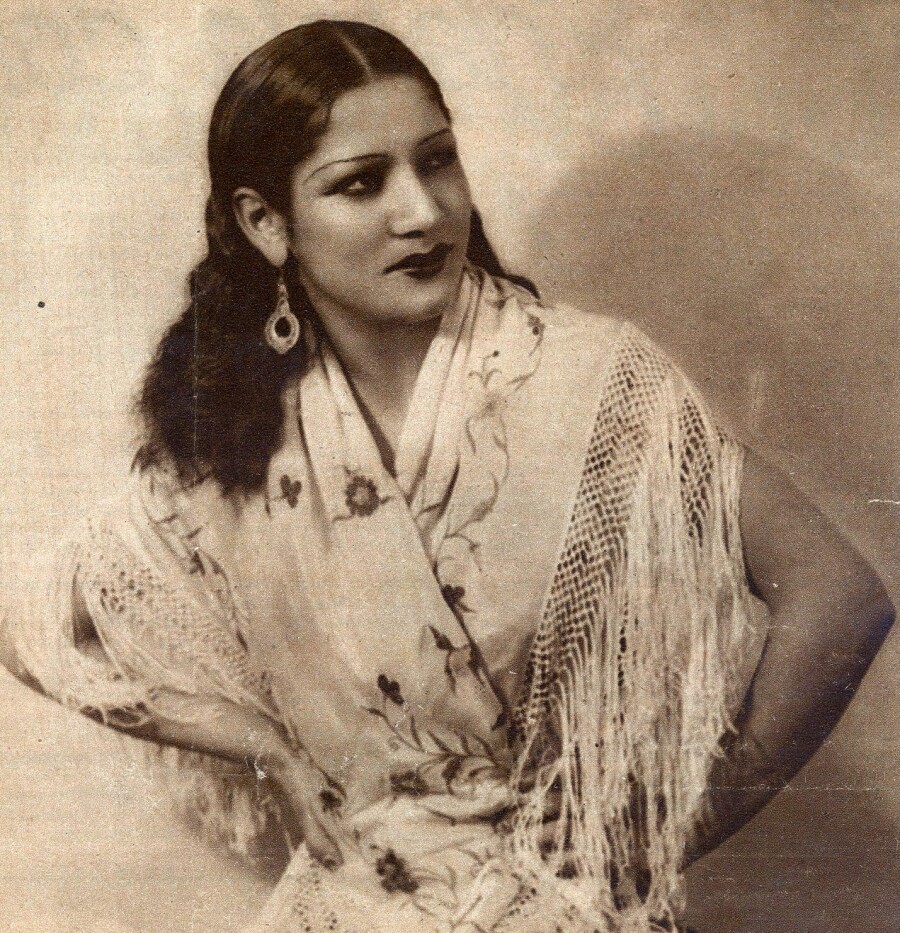
Carmen was born in 1913 in Somorrosto in the family of a poor guitarist. The girl began her career as a dancer at the age of four, helping her father to earn a piece of bread. At the same time, the famous impresario Joseph Santrepe notices the child. At the age of 12, Carmen is already performing with flamenco on the stage of one of the leading theaters in Paris.
The famous critic Sebastian Gash writes about the dancer in the weekly newspaper Matador. Success on the stage of the Zarzuela theater makes Carmen world famous. This will be followed by trips to South and Central America. In Hollywood, where a woman starred in several films, the composer Toscanini admired the sense of rhythm and the fire of dance.
Amaia loved to perform in a matador costume, which invariably shocked the audience.
The dancer was self-taught, but this did not stop Carmen from becoming one of the most prominent figures in the flamenco world of that time.
- Miranda Soledad
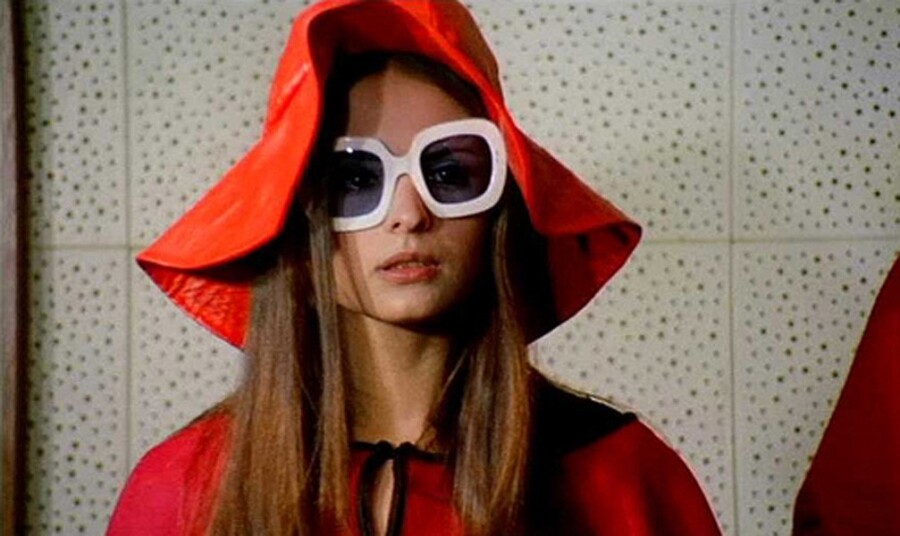
The actress and singer was born in 1943 in Seville. At the age of six she played in the film as a flamenco dancer. After that, at sixteen, she came up with the pseudonym Miranda, under which she became known after the film La bella Mimi. The actress was often printed on the tabloids due to her connection with the popular matadr Manuel Benitez.
For ten years, the actress starred in more than thirty films, including horror, adventure, comedy and even westerns.
In 1966, Miranda marries a racing driver from Portugal, the couple has a son.
In 1970, a husband and wife get into a terrible accident, after which Miranda Soledad dies, leaving the whole country in mourning.
- Raya Udovikova
- Mariska Veres
- Rada Rai
- Lalya Zhemchuzhnaya
- Ludmila Senchina
- Philomena Franz
- Paputza
- Panna Sinkova
< /ul>
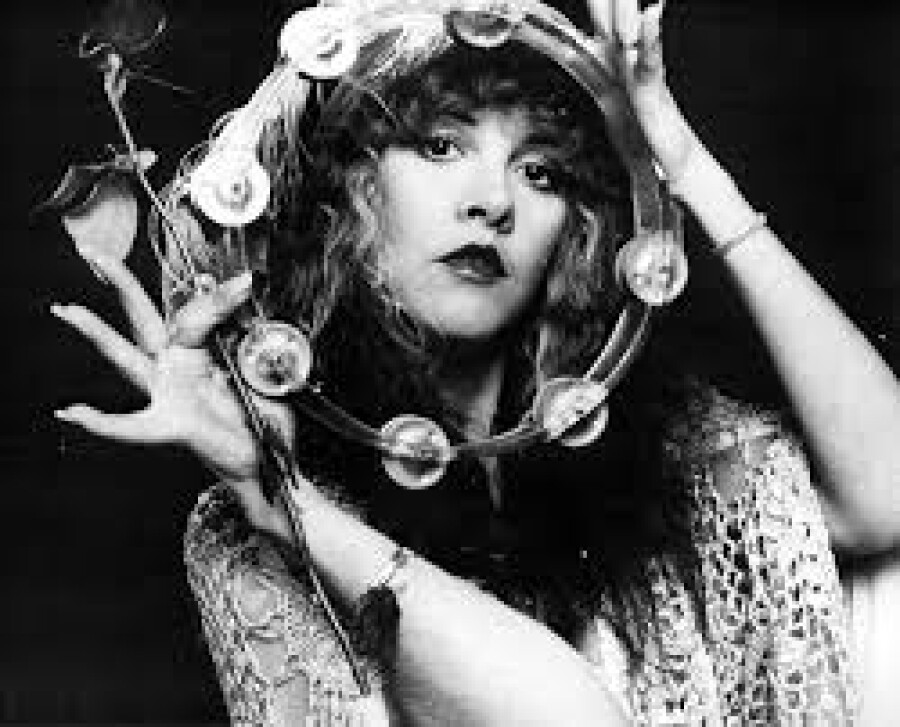
In 1934, in a gypsy camp near Kursk, a girl was born, who was named Raisa. With the end of the war, she entered a technical school, later she worked at a factory in Dnepropetrovsk, where the gypsy theater “Ramen” came on tour. Luck turned to face the girl when Udovikova was accepted into the troupe.
With marriage in 1966, life changed dramatically. Raya takes her husband's surname Bilenberg, leaves for Norway and gets a job at the National Drama Theatre. Udovikova sang songs of her own composition in Russian, Norwegian and Gypsy.
After that, luck smiled again when she was chosen to shoot the Soviet film Never Evening. Unfortunately, the management considered it unpatriotic to invite an actress from abroad, and the role went to another gypsy.
Raya has been releasing records since the 1960s. After moving abroad, Udovikova sang in the best restaurants in Paris.

Mary Elizabeth Ender was born October 1, 1947 in Denmark. From childhood, the girl showed interest in music. She made her first steps in art under the guidance of her father, a violinist.
In 1964, the first record was recorded, but the group in which Mariska played soon broke up. After Veres replaced the lead singer of the Shocking Blue group, who had gone into the army, who became famous all over the world with one song Venus.
When the group ceased to exist, Mariska, not at a loss, began a solo career. In 1993, the singer created a jazz quintet and released new versions of old songs.
Tired of experiments, Veres recorded an album with gypsy songs towards the end of her life.
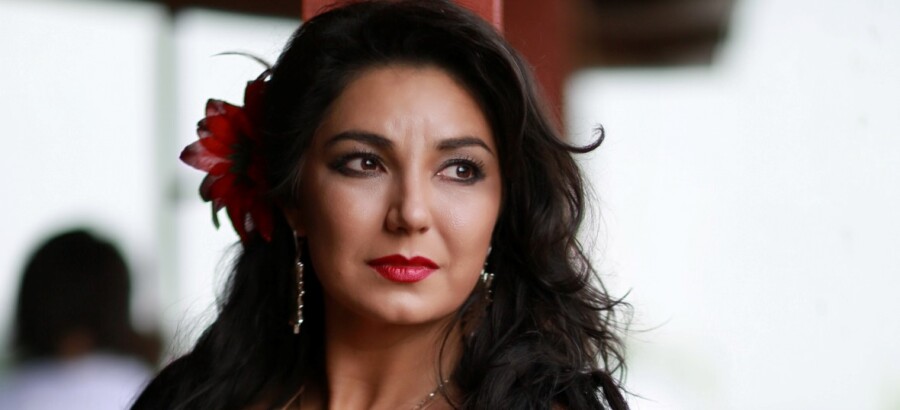
Known under the pseudonym Rada Rai, Elena Gribkova was born in Magadan in 1979. The girl graduated from a music school and college, continued her studies in pop vocals at a college in Moscow. At first, there was a catastrophic lack of money, and Elena sang in transitions, in restaurants and worked as backing vocals on recordings of famous singers.
The case brought the artist to her future husband Oleg Urakov, who helped to conclude the first contract. After that, the singer released the album “You are my soul …”, which became a hit.
Rada Rai performed on the same stage with Andrei Bandera in the Kremlin. In 2016, Elena received the Chanson of the Year award.
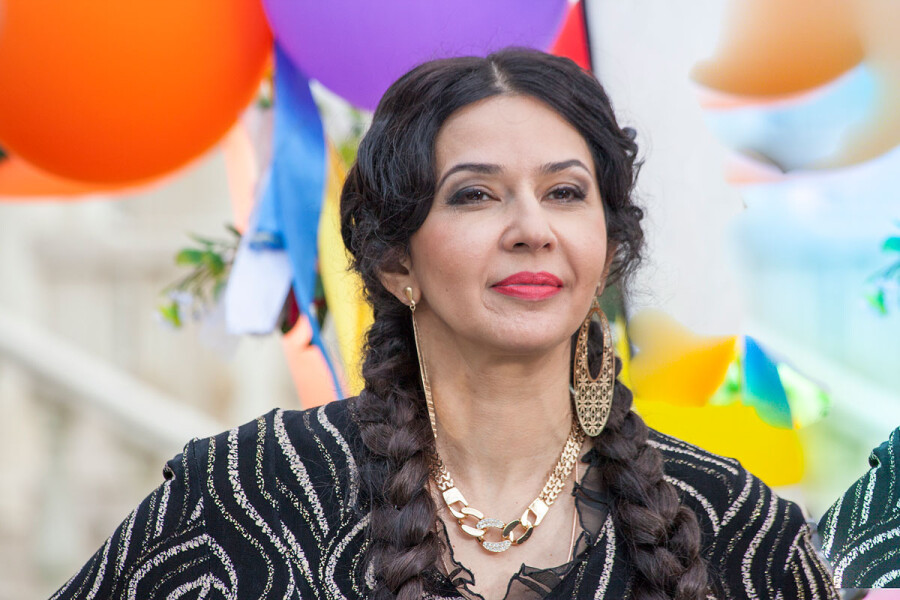
Lyalya was born in the family of the Honored Artist of Russia in 1969. Soon the girl entered GITIS in the workshop of Galina Volchek.
The actress has been actively filming in various projects since 1982. The track record of Lyalya Zhemchugova and the notorious TV series Carmelita.
At the moment, the gypsy takes a leading role in the Ramen Theater.
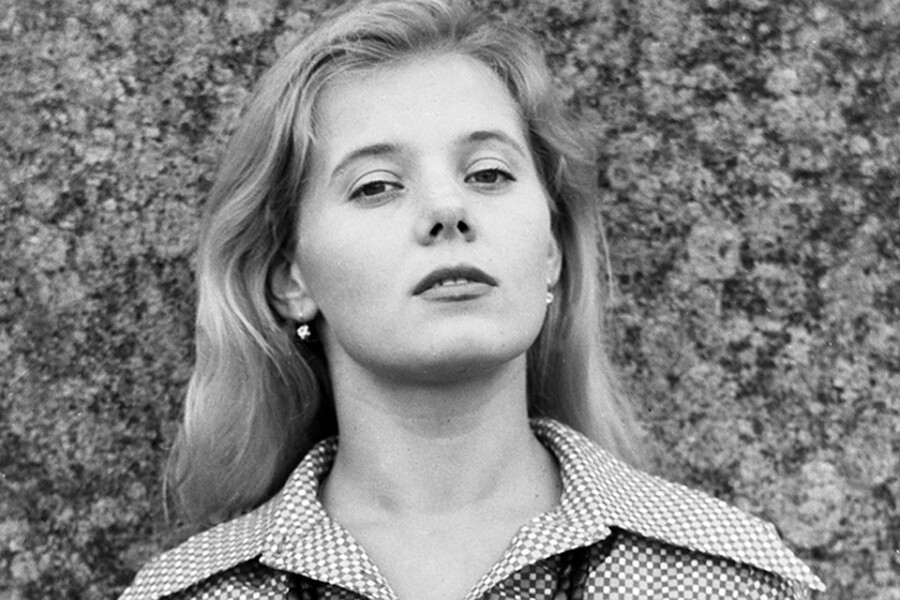
Lyudmila comes from the village of Kudryavtsy in the Mykolaiv region of Ukraine. People's Artist of Russia belongs to the branch of Moldovan gypsies from her father's side. Fans called the singer “Petersburg Nightingale”.
At birth, her father wrote down her daughter's surname in the Moldavian way “Senchin”, and after a divorce from her first husband, the singer changed it to the usual Senchin.
After graduating from a music school in Leningrad, the girl begins her career as an operetta singer. After the change of director, Lyudmila did not work well with the new leader and went to the stage.
In 1971, Senchina sang the song “Cinderella”, which brought unprecedented popularity. The singer also tried herself as an actress in the film Armed and Very Dangerous.
Over the next decades, Lyudmila was able to take part in an American tour, receive several prestigious awards and record an album with the best songs of past years.
German gypsy Philomena Franz was born into a family of musicians. Until 1939, the family moved freely from place to place. With the coming to power of Hitler's party, Philomena experienced the burden of nationalism.
Later, in 1944, the girl ended up in a concentration camp for gypsies. Parents, uncles and cousins, six brothers and sisters were killed.
Freed from imprisonment, Philomena is reunited in the USA with her husband and only surviving brother.
Franz's books show a view of reality as a gypsy . In his autobiography, “Between Love and Hate”, the author describes the point of view, traditional for this people, that was not accepted by the society of compatriots.
The real name of the Polish poetess Bronislawa Waj. This woman, born in 1907, is the founder of gypsy poetry. Paputza survived the Gypsy Holocaust because she hid in the forests. Poems of that time are saturated with fear and blood.
In 1947, Jerry Fisowski found Bronislava and her husband playing songs of their own composition. The Pole persuaded the gypsy to write poetry and translated the works into Polish. What was printed caused a flurry of negative reactions from the Roma, as it was correlated with the situation in the country.
During this time, the Polish state pursued a policy forbidding the free people to roam. The poetess was expelled from the clan, and the end of her life was met in disgrace. Nevertheless, at least 30 original works by Bronislava have survived, and she is still one of the most important figures in Romani literature.
Panna was one of the brightest stars of the eighteenth century Hungarian musical world. The girl grew up in the family of an uncle who, despite doubts, decided to send his niece to learn to play the violin.
At the age of 15, the girl was married. Together with her sons, husband and brothers, the gypsy created the most famous ensemble of those times. In the summer, the musicians traveled around the country, and in the winter they came to their native land. The gypsy spoke fluent Hungarian, which greatly facilitated the life of the troupe.
According to many, the woman was not beautiful in the conventional sense, but during the game her face changed. Interestingly, after the death of the violinist, a portrait was made. There, the woman was depicted as amazingly beautiful.
The life stories of the most beautiful gypsies teach not only to rely on beauty, which is short-lived, but to develop the talents that nature has awarded from birth.
And beautiful and bright girls Thailand read further on the link.
WHAT ARE THE GIPSIES? ORIGIN OF THE PEOPLE!








